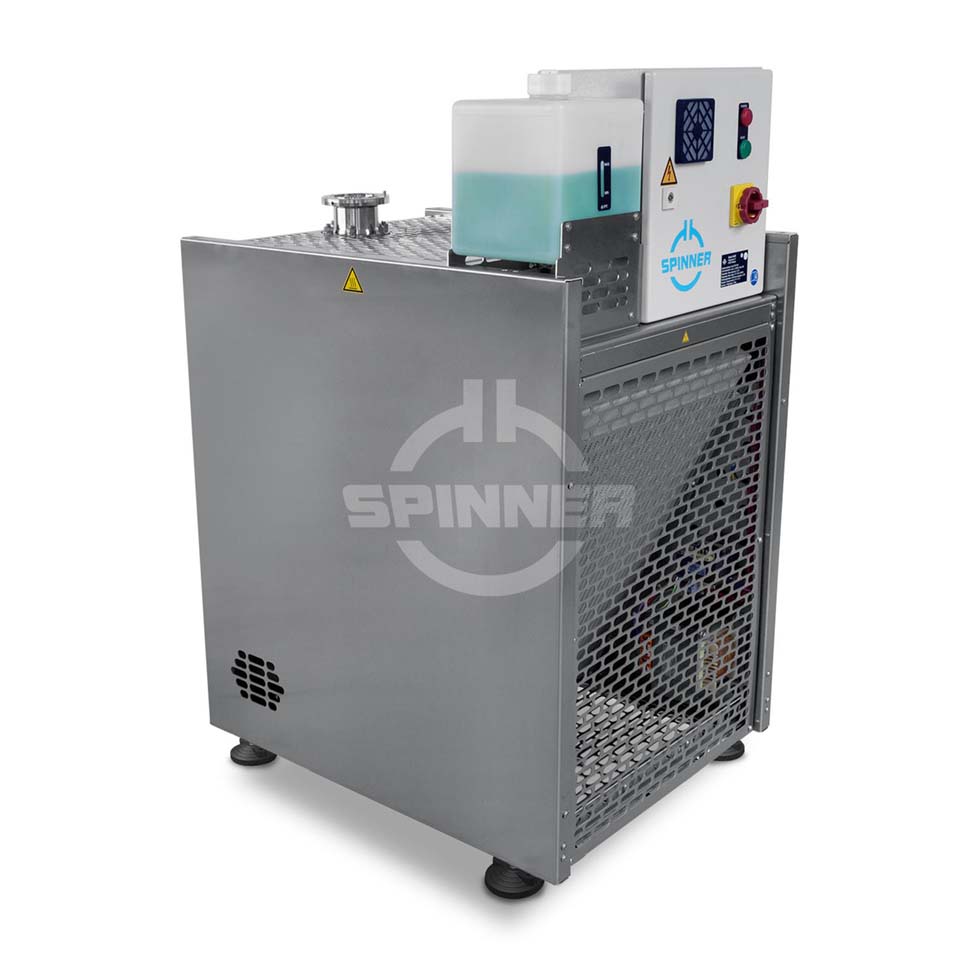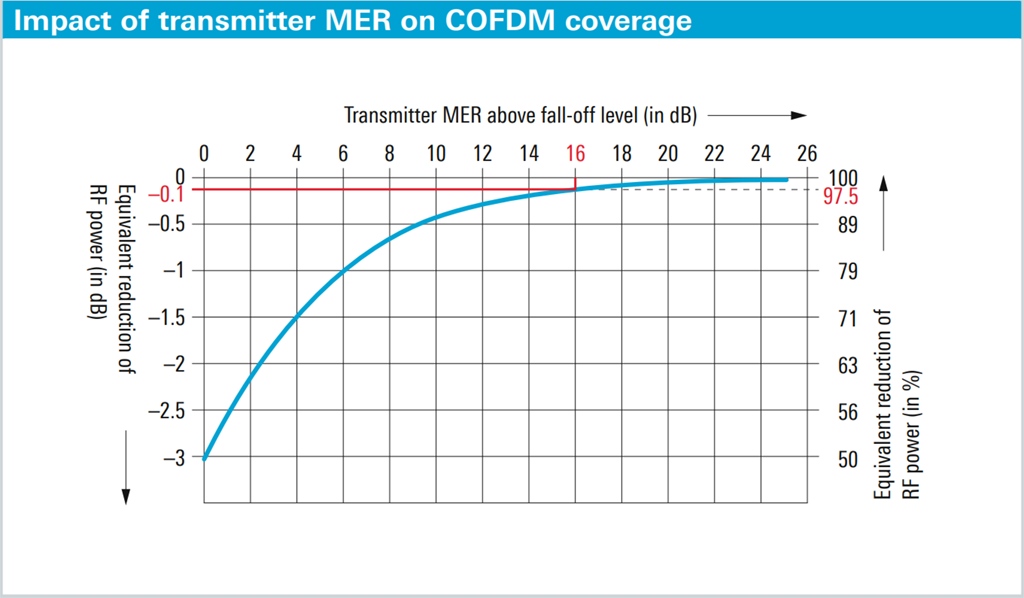Meeting the Challenge of Sustainable Transmission
Reaching indoor antennas requires more power, offsetting efficiency gains made by today’s solid-state technology

Designing transmitter sites for sustainability can be a challenge. This month, I’ll offer some tips on items to consider when upgrading old transmission facilities or building new ones.
Today’s solid-state transmitters using LDMOS (laterally-diffused metal-oxide semiconductor) devices and Doherty amplification are more efficient than yesterday’s tube transmitters. However, at many stations that gain in efficiency has been offset by the need to put more radio frequency (RF) signal in the air to reach indoor antennas.
In most urban and suburban areas, it is unusual to see outdoor TV antennas. Reaching indoor antennas and antennas in attics requires more power. Adding vertical polarization takes additional power—up to 100% more power for circular polarization.
Antenna and Line Efficiency
There are a few ways to reduce the required transmitter power. One is to use a higher-gain antenna; that, however, increases antenna size and directivity. Increasing elevation gain results in a narrower beamwidth that will reduce signal strength in some areas. Even if a narrow elevation pattern and its electrical and mechanical beam tilt are optimized for the coverage area and terrain, if the tower or antenna flexes, that pattern will shift.
Distant viewers in the direction of the tilt may lose the signal. One thing I discovered early in my career was that having some power at higher elevation angles is important in areas with mountains, as the signal will diffract over the edge of the mountain to the area behind it only if there is sufficient power hitting the top of the mountain.

Rather than compromise on the elevation pattern, it may make sense to look at the azimuth pattern to determine if a higher-gain, more-directional pattern will reach the population centers. Consider where population growth is occurring: Revisiting areas around Orlando, Fla., this month, I saw new subdivisions full of houses in areas that were vacant land when I was doing measurements there two years ago.
Assuming we don’t want to give up elliptical polarization or a wider elevation pattern and can’t sacrifice coverage in some areas with a more directional azimuth pattern, is there anything else we can do to reduce the transmitter power required?
The professional video industry's #1 source for news, trends and product and tech information. Sign up below.
Another option is to improve the efficiency of the transmission line. This will have little impact on short towers but at Channel 30 with a 2,000-foot line, the difference is significant. A 6 1/8-inch, 50-ohm line will require 88.6 kW of transmitter power into the line to have 50 kW at the antenna, compared with 79.2 kW for a 7 3/16-inch, 75-ohm line. In addition to power savings, the lower power may allow use of a smaller transmitter, offsetting some of the cost of the larger line.
Transmitter Efficiency
When comparing transmitter efficiency, is the quoted efficiency for the amplifier alone, the entire transmitter or the transmitter and cooling systems? All components should be considered.
To achieve maximum efficiency, transmitters use adaptive pre-correction to obtain more power from an amplifier with less DC input power. As efficiency increases, the amplifier will generate more distortion and the output signal’s signal-to-noise ratio (SNR) will increase, even with pr-correction in the exciter.
If transmitter power consumption is a concern, consider allowing worse SNR. In the past, an SNR of 27 decibels was considered the minimum acceptable level. With today’s transmitters, an SNR of over 30 decibels is easy to obtain. Poor SNR will impact coverage, but once the ratio is in the mid-30-dB range, any additional improvement in SNR will have little if any impact on coverage and may not be worth the increase in power consumption.
A chart from a Rohde & Schwarz report (Fig. 1) shows the impact in dB and power on modulation error ratio (MER), which is related to SNR. The paper refers to COFDM (coded orthogonal frequency-division multiplexing) but results will be similar with 8-VSB (vestigial sideband modulation). The “falloff level” is the required receiver threshold, so 16 dB above a 15-dB “falloff level” matches a 31 dB MER.
High-power, solid-state transmitters require many amplifiers and these require combiners, which require reject loads. How these loads are cooled will affect transmitter efficiency. Normally, there is no power into the load, but if an amplifier fails, the load must be able to handle the reject power immediately without burning up.
Spinner and Dielectric sell loads are designed to operate with minimal cooling power until RF is applied. If liquid cooling is used for the load, the heat exchanger can be placed outside, reducing heat in the building when the load is in use. Air-cooled loads with thermostats to control the cooling fans require no power when there is no RF into the load, but will add heat to the building when in use.
How much heat does the transmitter generate and where does it go? Some transmitters use liquid-cooled power supplies, so the heat goes outside. Others use air-cooled power supplies that put heat into the transmitter room and add fan noise.
Beyond Efficiency
Besides efficiency, sustainability includes environmental impact. Many transmitter sites were designed with an uninterruptible power supply (UPS) using a large string of lead-acid batteries to keep the equipment in the transmitter facility running in the event of a loss of utility power until the generator starts, usually 15-45 seconds. That was important with tube transmitters, as it could take 15 minutes for an amplifier to warm up after a power loss.
When comparing transmitter efficiency, is the quoted efficiency for the amplifier alone, the entire transmitter or the transmitter and cooling systems? All components should be considered.”
Today, if utility power is stable and the transmitter is solid state, consider whether a full-sized UPS is needed. If it is only required for outages, having a smaller UPS connected only to the equipment that requires time to start up after a power outage, like computers and the transmitter exciters, may be sufficient. The solid-state amplifiers will return in seconds after power is restored.
If power is unstable, prone to brownouts or frequent dropouts, a flywheel UPS may make more sense than a battery-based UPS. Though noisier, it requires less maintenance and no hazardous material is involved. Lithium batteries are more compact and last longer than lead-acid batteries, but may not be suitable for locations where fire is a possibility.
What about a solar-powered transmitter site? I could see this working for LPTV or translator sites. While it would be difficult to find space for a sufficient number of panels for a high-power transmitter at most mountaintop or building sites, it could be an option for owners of sites with large guyed towers with lots of land under the tower. It probably wouldn’t work in areas with snow or lots of cloudy days and, if not grid-tied, the solar power capacity and battery storage would have to be designed for the worst-case scenario.

Doug Lung is one of America's foremost authorities on broadcast RF technology. As vice president of Broadcast Technology for NBCUniversal Local, H. Douglas Lung leads NBC and Telemundo-owned stations’ RF and transmission affairs, including microwave, radars, satellite uplinks, and FCC technical filings. Beginning his career in 1976 at KSCI in Los Angeles, Lung has nearly 50 years of experience in broadcast television engineering. Beginning in 1985, he led the engineering department for what was to become the Telemundo network and station group, assisting in the design, construction and installation of the company’s broadcast and cable facilities. Other projects include work on the launch of Hawaii’s first UHF TV station, the rollout and testing of the ATSC mobile-handheld standard, and software development related to the incentive auction TV spectrum repack. A longtime columnist for TV Technology, Doug is also a regular contributor to IEEE Broadcast Technology. He is the recipient of the 2023 NAB Television Engineering Award. He also received a Tech Leadership Award from TV Tech publisher Future plc in 2021 and is a member of the IEEE Broadcast Technology Society and the Society of Broadcast Engineers.

